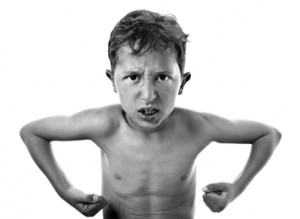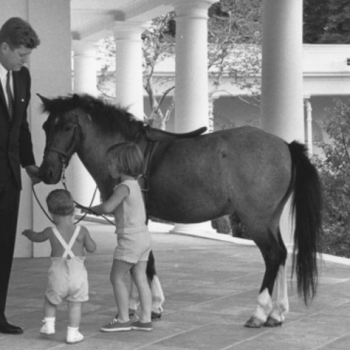Prince Jake was kind and caring.
Princess Rose was brave and strong.
–from A Fairy Tale, by Lego Books
What makes a boy a boy?
Seems no one really knows anymore. We’ve spent so much time as of late trying to free boys of “boy stereotypes” that we no longer really know what “boy” means. In fact, many in our culture have spent so much energy criticizing “stereotypical” boy behavior that boys who may fit that stereotype are made to feel bad about themselves.
For example, some boy experts suggest that stereotypical boy behavior like aggression, dominance, hierarchical social relationships, and so on, are “socially constructed,” meaning that we impose those behaviors on boys and the boys then live into them. And those behaviors are often cast in a negative light. What we want to do instead, according to these experts, is to instill in boys more positive, healthy behaviors like collaboration, sharing, compassion, egalitarian relationships, and so on (behaviors that girls tend to be better at and, by the way, behaviors few would suggest are socially constructed in our girls, because these behaviors are far more socially acceptable—so they must be innate!).
 The intent is good. We don’t ever want any boy to stifle who God created him to be in order to fit into some preconceived notion of how a boy should look or act. There are as many different answers to the question, “What makes a boy a boy?” as there are boys in the world. Some boys like sports. Some boys like poetry. Some boys like working with their hands. Some boys like working with words. Some boys are big and muscular. Some boys are lean and thin. Some boys like to confront when confronted. Some boys prefer to diffuse confrontation through calming things down or running. Some boys keep their emotions in check. Some boys freely share their emotions. There is no one boy nor is there a boy stereotype.
The intent is good. We don’t ever want any boy to stifle who God created him to be in order to fit into some preconceived notion of how a boy should look or act. There are as many different answers to the question, “What makes a boy a boy?” as there are boys in the world. Some boys like sports. Some boys like poetry. Some boys like working with their hands. Some boys like working with words. Some boys are big and muscular. Some boys are lean and thin. Some boys like to confront when confronted. Some boys prefer to diffuse confrontation through calming things down or running. Some boys keep their emotions in check. Some boys freely share their emotions. There is no one boy nor is there a boy stereotype.
Or is there…
Michael Gurian, among others, through extensive research, has concluded that for all of their variety, 80% of boys fall into a fairly predictable picture of “boydom.” 20% fall outside of that picture. The challenge over the years is that far too much time has been spent on the 20%–which is a good thing—at the expense of the 80%–which is not a good thing. Because we don’t want the 20% to be hamstrung by the 80%, many in culture have tried to strip away any “stereotypes” of boys. In fact, any suggestion that there are certain boy characteristics that are innate to boys is considered a PC sin.
Here’s what’s troubling about the de-stereotyping of boys: We are constantly defining what boys are not. We are constantly bashing those “stereotypes” we find to be negative or destructive. But in the process, we are leaving a vacuum in the souls of our boys. We tell them who they are not or who they don’t have to be. But we are not pouring any substance into their lives or giving them any markers for being a good boy.
No one knows any longer what it means to be a boy. Boys have no vision for boyhood or manhood. They are told they can be anything they want to be (which is true) but they are also made to feel guilty or bad when they follow their internal boy compass and behave in ways that many consider to be bad or negative. (Or, they are “socially constructed” to embrace behaviors that come more naturally to girls.)
The result: Boys are lost as to what it means to be a boy. Sometimes stereotypes—positive, brain-based, Image of God-based stereotypes—can provide a roadmap for boys on their way to manhood.
To say it another way: Just because it’s a stereotype doesn’t mean it’s not true. To take it further, I’d like to suggest that many of the “stereotypes” that people criticize in boys are actually stereotypes of stereotypes!
Over the next few posts I’d like to offer some paths for defining boyhood that take seriously the way boys are wired/created, God’s call on their lives, and that embrace good, healthy “stereotypes” while offering some boundaries for harnessing those stereotypes for good and noble purposes.
I recognize that the word “stereotype” has become synonymous with prejudice in our culture. But note the root of the word: The term stereotype derives from the Greek words στερεός (stereos) “firm, solid”and τύπος (typos), “impression,” hence “solid impression.” So we’ll have to do a bit of reimaging of the word—using it to help us create a solid impression for boys to live into.
Stay tuned…














